This course is for income tax professionals working with individual and small business returns, including CPAs, enrolled agents, lawyers, insurance personnel, and VITA volunteers.
ABM News
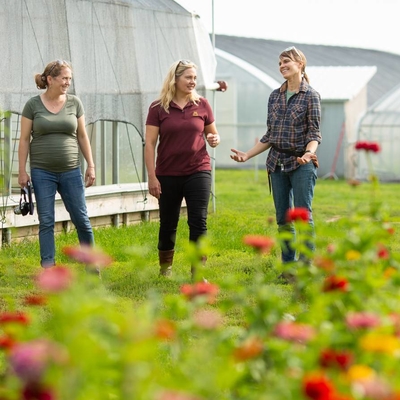
The 2022 Census of Agriculture report shows that there continue to be fewer farms on the landscape across the U.S. That holds in Minnesota, however, Minnesota has more farmers in 2022 than in 2017.
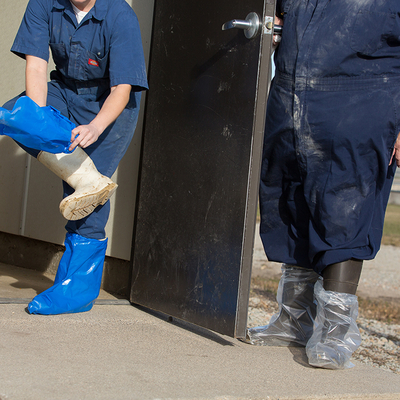
Livestock and poultry exhibitors are preparing their animals for local, county and state fair exhibitions. As H5N1 Influenza A infections have been interrupting production in poultry and dairy cattle farms, an Extension has guidance for exhibitors and exhibition decision-makers.
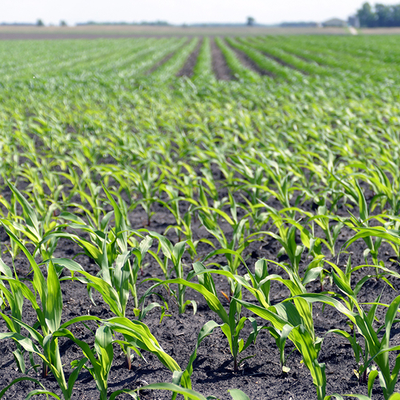
This year's frequent rains may prevent planting from being completed before yield decreases become significant. For insurance coverage, the final planting date for corn was May 31. For soybeans, it is June 10. After these dates, producers have several options.
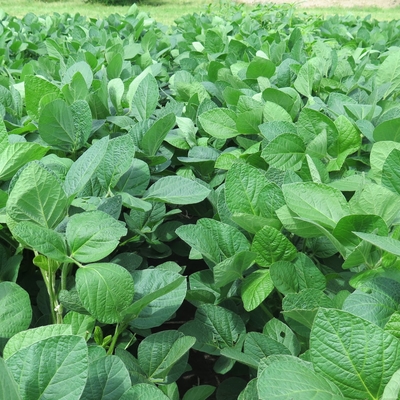
SW Minnesota farmers experienced a drastic reduction in farm income in 2023 caused by weather challenges coupled with decreasing corn and soybean prices, increased costs and challenging profitability for the dairy and hog sectors.
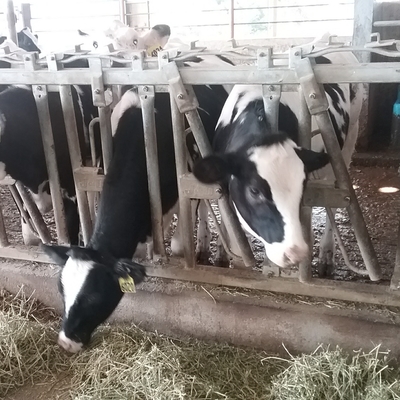
As we try to improve feed efficiency, it is useful to think about and minimize sources of energy loss from the animal.
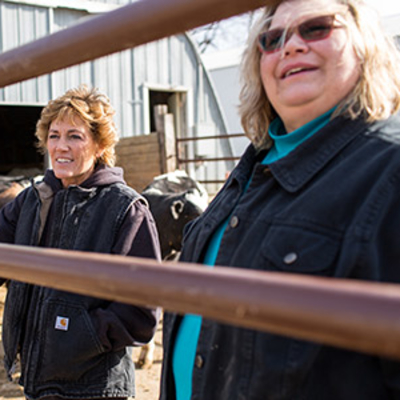
(Now being held virtually.) Celebrate women in agriculture and raise awareness of issues and challenges they face in their work.
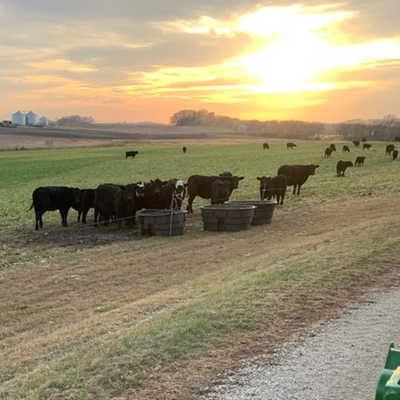
When setting business goals for the year, have a clear vision of where you are going and how you are going to get there. You are more likely to achieve goals that are written down with a specific end in mind.
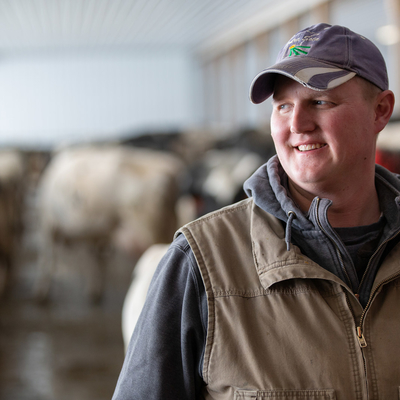
The last day for dairy farmers to enroll in the Dairy Margin Coverage (DMC) for 2024 with their local Farm Service Agency (FSA) office is April 29.
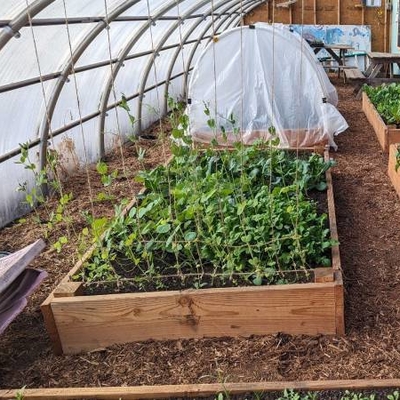
Farm-scale deep winter greenhouses are showing great promise for energy efficient winter food production. Farmers and researchers have an exciting opportunity to partner to grow this technology across Minnesota.

